Perched on a rocky island off the southwest coast of Ireland, Skellig Michael stands as a remarkable example of early Christian monastic life. This UNESCO World Heritage Site, also known as Great Skellig, is renowned for its well-preserved monastic outpost of the early medieval period. The site exhibits the hermitage and monastic lifestyle of the 6th to 8th centuries. Its remote location and the monks’ ascetic existence are testament to their devout spirituality and resilience. Skellig Michael also gained contemporary fame as a filming location for the Star Wars franchise, which has increased public interest and tourism.
Get your dose of History via Email
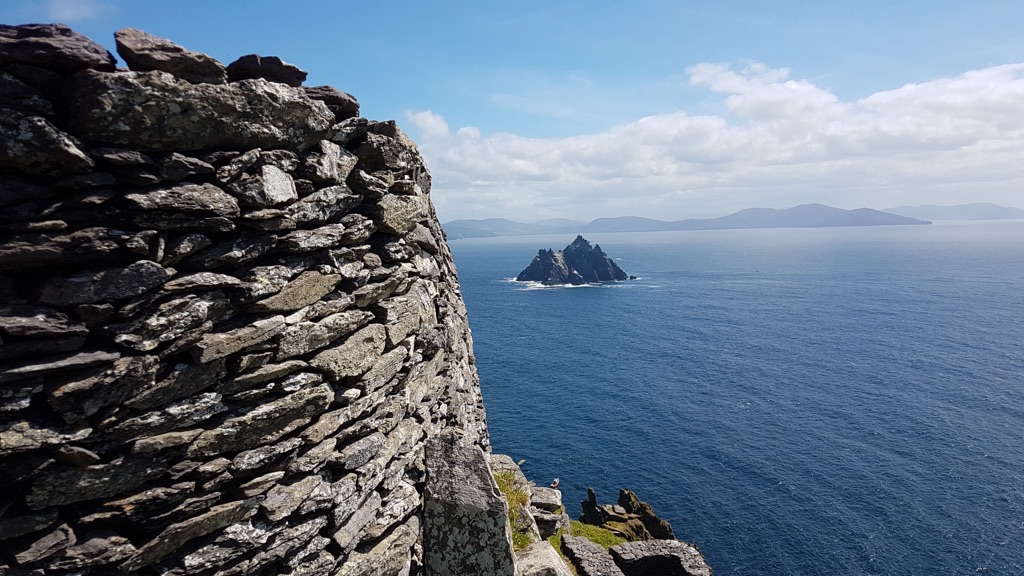
Historical Background of Skellig Michael
Skellig Michael’s history is as dramatic as its cliffside perch. The site was first mentioned in ancient texts dating back to the 8th century. Monks seeking solitude and a closer connection to God founded the monastery. They chose this remote and inhospitable place to live a life of prayer and self-denial. The exact date of the monastery’s foundation is not known, but it likely occurred between the 6th and 8th centuries.
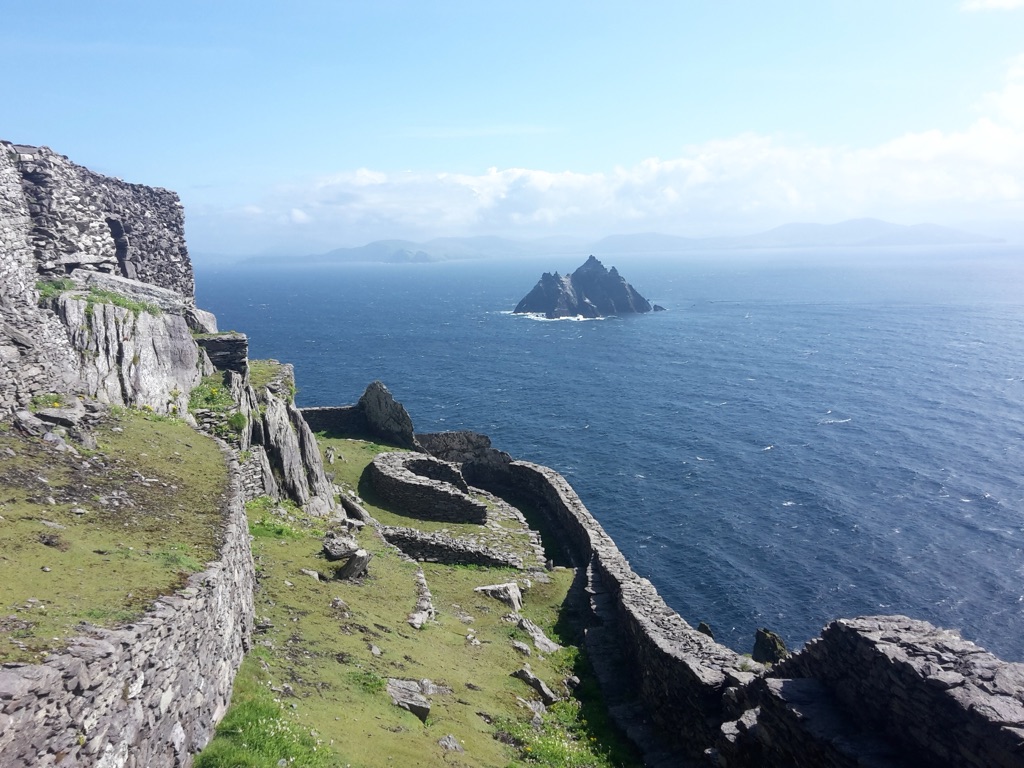
The monastery consists of beehive huts, oratories, and crosses, all crafted from the island’s native stone. These structures have withstood the harsh Atlantic weather for centuries. The monks lived here until the 12th or 13th century when they moved to the mainland. However, the island continued to be a place of pilgrimage even after the monastery was abandoned.
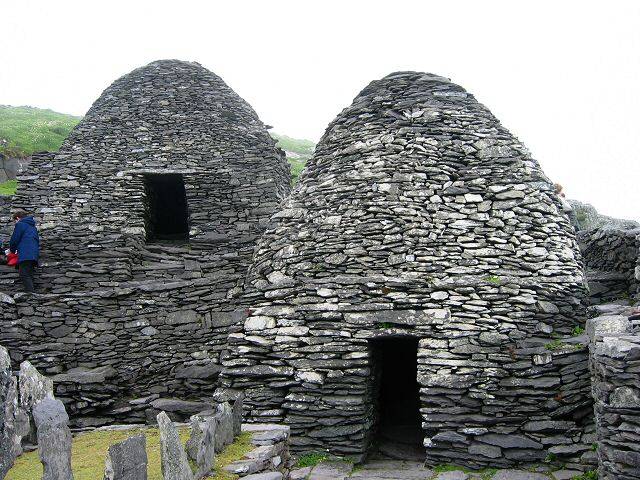
Skellig Michael’s discovery by the modern world is attributed to the navigators and cartographers of the Age of Exploration. However, it was the antiquarians of the 19th century who first took an interest in its preservation. Charles Lucas, a physician and antiquarian, visited in 1756, documenting the site’s unique features.
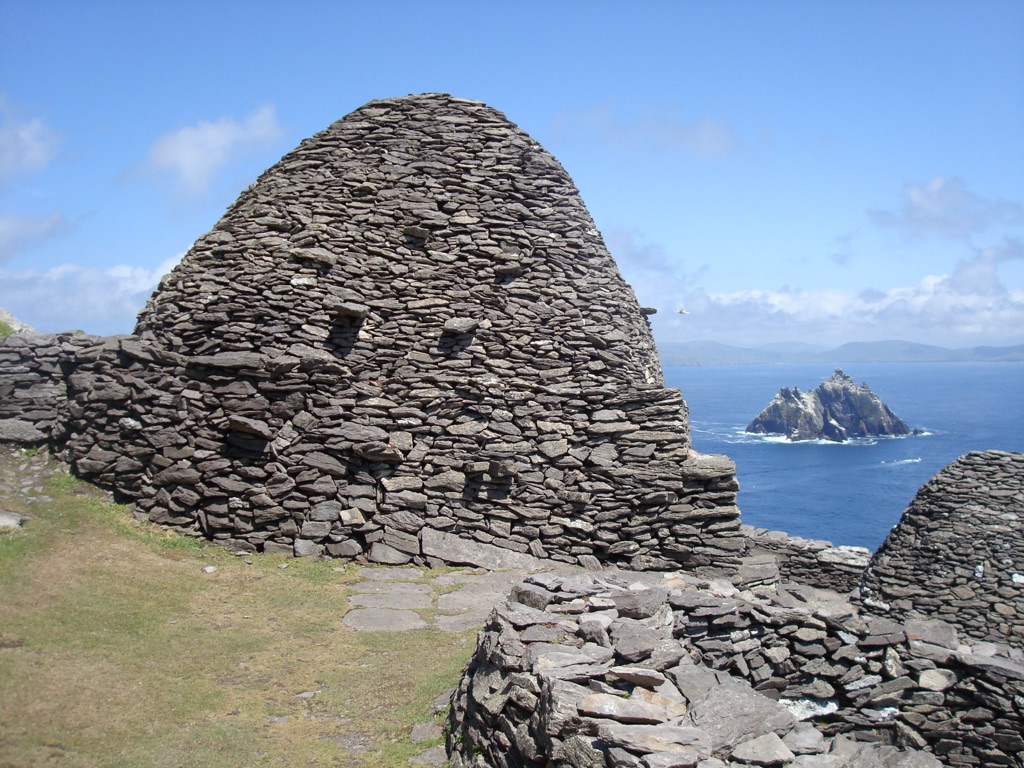
The Office of Public Works in Ireland has since taken over the care of Skellig Michael. They ensure its preservation and manage the visitor experience. The site’s historical importance was recognized globally when it was inscribed on the UNESCO World Heritage List in 1996.
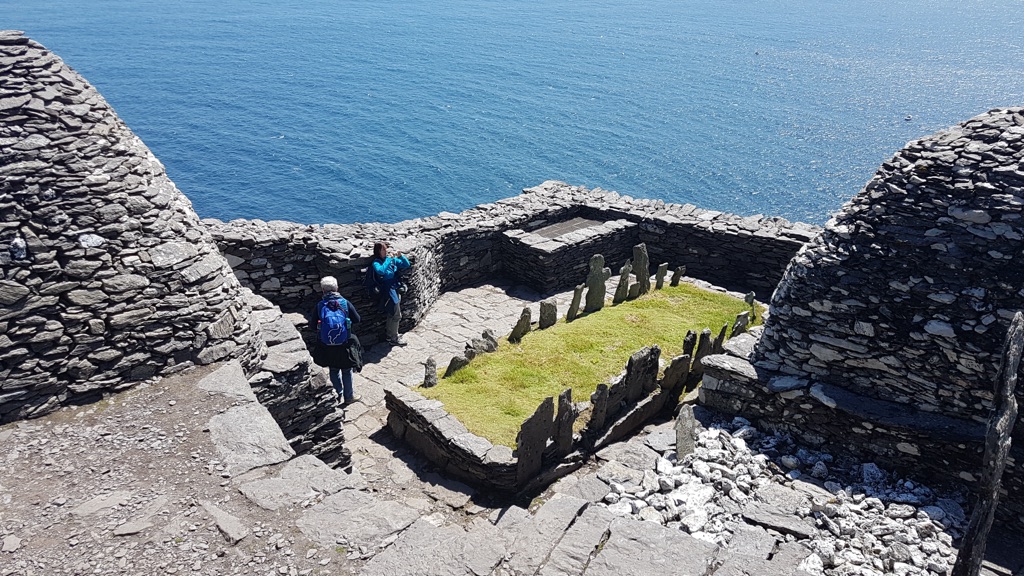
Skellig Michael has also witnessed historical events beyond its monastic origins. For instance, it served as a lighthouse station in the 19th century, ensuring the safety of ships navigating the treacherous waters around the island. This blend of spiritual, cultural, and practical history makes Skellig Michael a multifaceted historical treasure.
About Skellig Michael
Skellig Michael rises 714 feet above sea level, with jagged peaks that slice through the skyline. The island’s monastic complex is a marvel of early medieval architecture. It includes six beehive huts, two oratories, and a number of crosses and slabs. These structures are all dry-built, meaning no mortar was used in their construction.
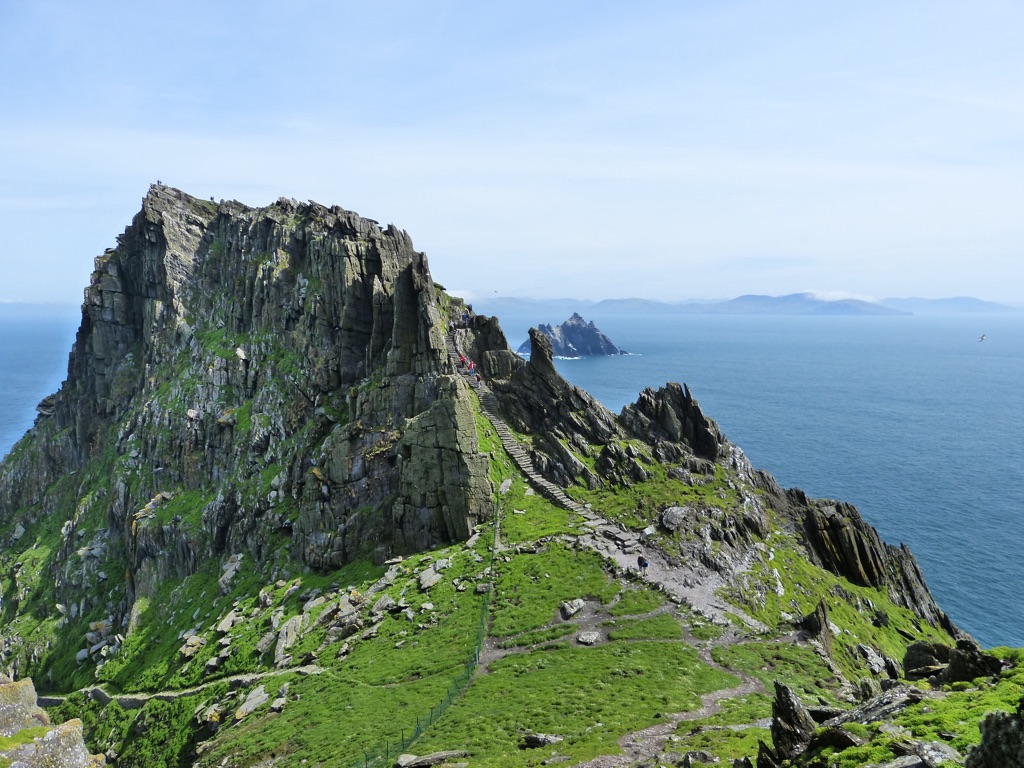
The monks who inhabited Skellig Michael carved hundreds of steps into the rock to reach their isolated retreat. They also constructed a sophisticated water system for collecting and storing rainwater, a necessity for survival on the barren rock. The small gardens they cultivated are still visible today, showcasing their self-sufficient lifestyle.
The beehive huts, with their corbelled roofs, are particularly noteworthy. They demonstrate the monks’ ingenuity and skill in creating weatherproof dwellings from the limited materials available on the island. The oratories, places of worship, are simpler in design but no less significant for understanding the spiritual life of the community.
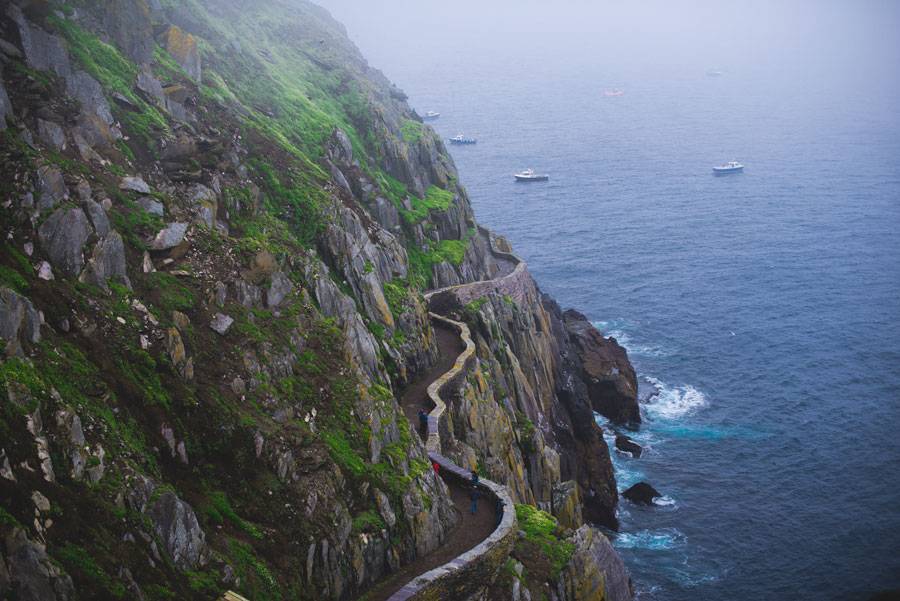
The remains of the monastery are remarkably well-preserved, considering the site’s exposure to the elements. This preservation is due in part to the island’s inaccessibility, which has protected it from extensive modern development. The site’s authenticity and integrity are key reasons for its UNESCO designation.
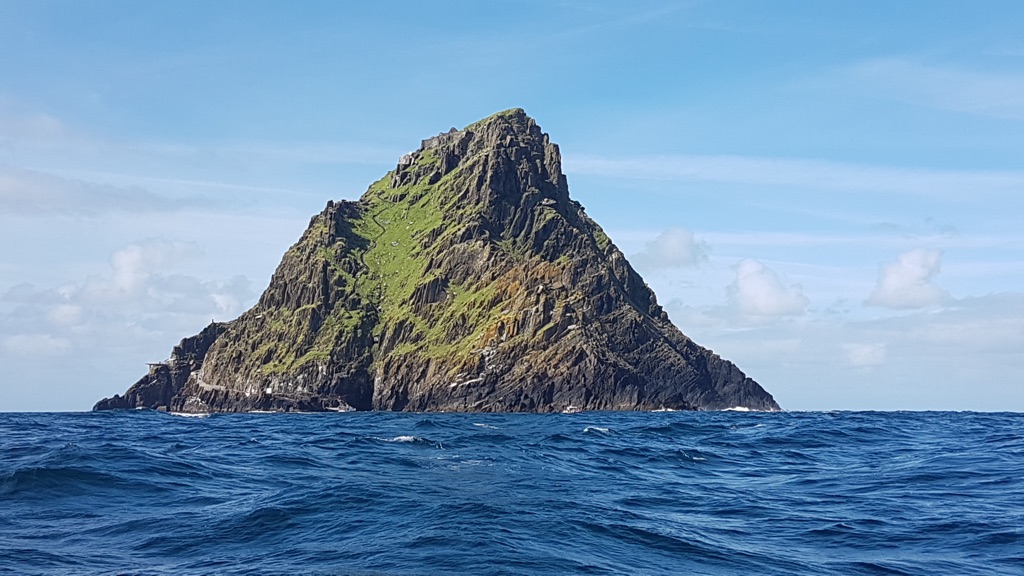
Visitors to Skellig Michael today can explore the ancient pathways and structures. They can also enjoy the breathtaking views that must have inspired the monks in their daily contemplation. The island’s wildlife, including puffins and other seabirds, adds to the sense of a living sanctuary, unchanged by time.
Theories and Interpretations
Skellig Michael’s purpose and the lives of its monastic inhabitants have been the subject of much speculation. Theories suggest that the monastery was founded by Saint Fionán in the 6th century. However, concrete evidence to support this is scarce.

The extreme isolation of Skellig Michael has led some to theorize that it was a place of penance. Here, monks could live out an ascetic existence far from worldly temptations. Others suggest it was a strategic choice, providing a defensible retreat during times of Viking raids.
The precise function of some architectural features on the island remains a mystery. For example, the purpose of the ‘Hermitage’ on the South Peak is still debated. Some believe it was a place of ultimate seclusion for the most devout monks, while others think it may have had astronomical significance.
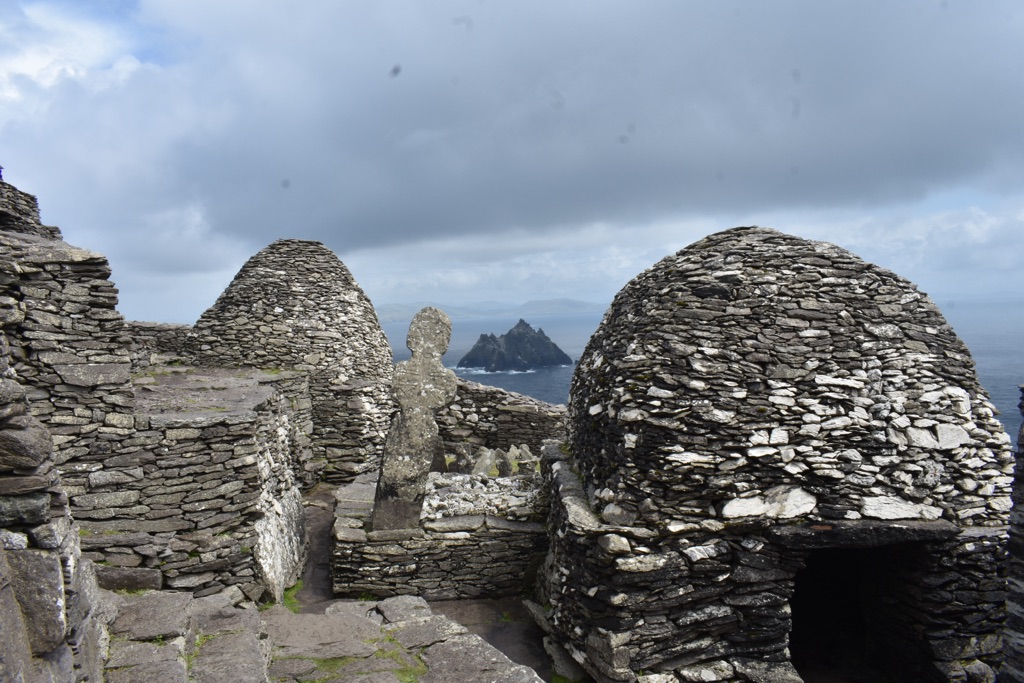
Radiocarbon dating and other archaeological methods have been employed to understand the site’s chronology. These studies have helped confirm the use of the site from the early medieval period through to the post-medieval era. However, the exact timeline of occupation and construction phases is still being pieced together.
Interpretations of Skellig Michael are also informed by historical records, such as the Annals of Inisfallen. These records provide glimpses into the lives of the monks and the challenges they faced, including several Viking raids in the 9th century. Yet, much of Skellig Michael’s story is left to the imagination, shrouded in the mists of time.
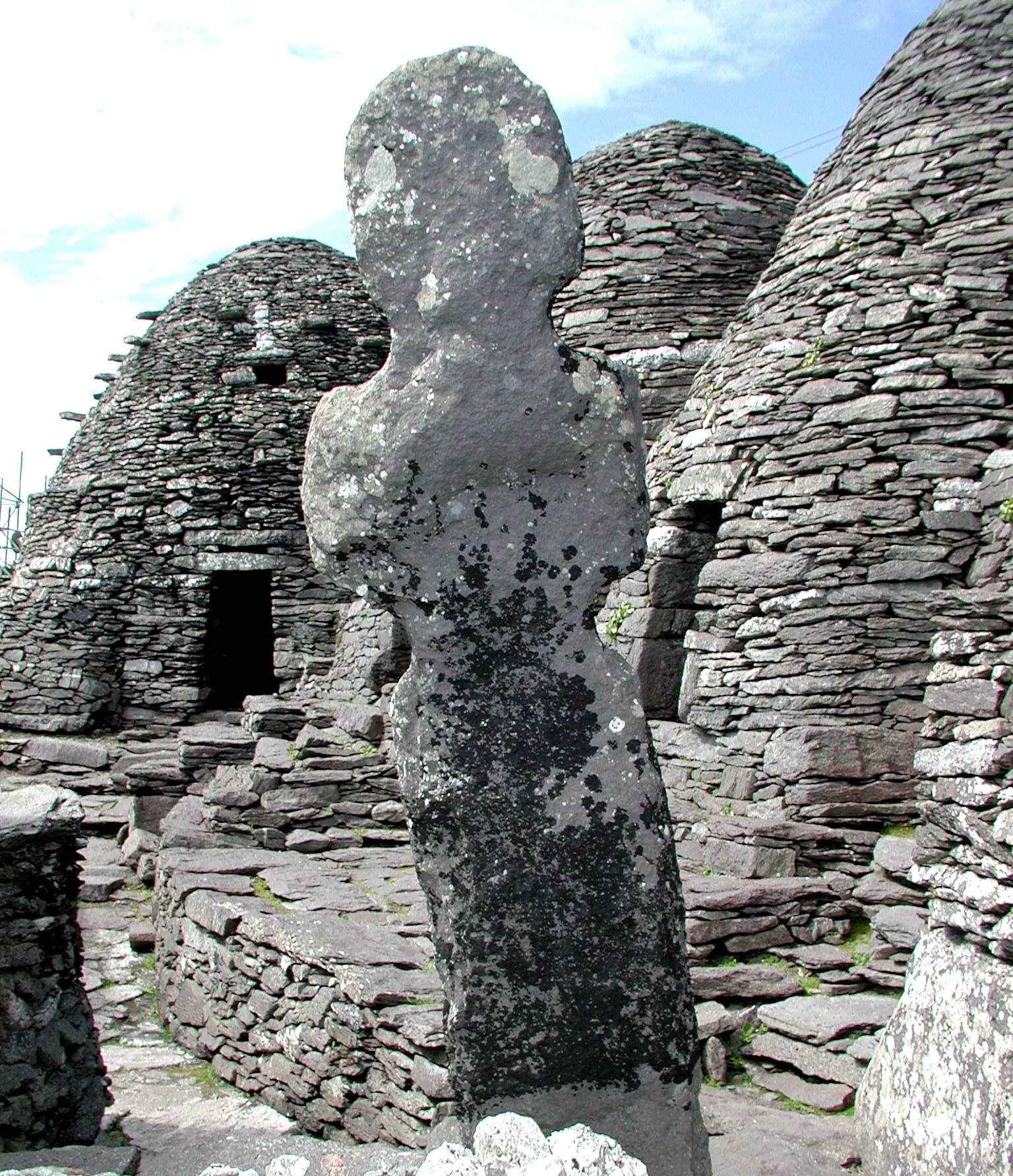
At a glance
Country: Ireland
Civilization: Early Christian Monastic
Age: 6th to 8th century AD
Conclusion and Sources
Reputable sources used in the creation of this article include:
- UNESCO World Heritage Centre – https://whc.unesco.org/en/list/757
- Wikipedia – https://en.wikipedia.org/wiki/Skellig_Michael
- The Office of Public Works, Ireland – https://heritageireland.ie/visit/places-to-visit/skellig-michael/

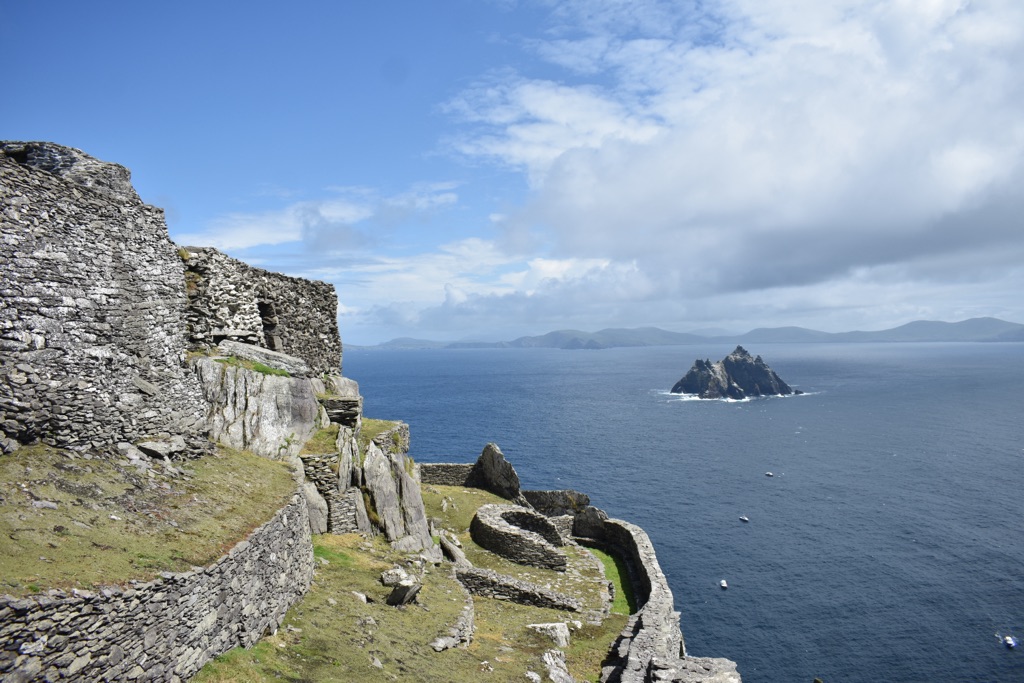
What a fantastic and important treasure Skellig Michael is. I really must find the time and a way to visit. This location has just rocketed up my “To Do” list to quite near the top.